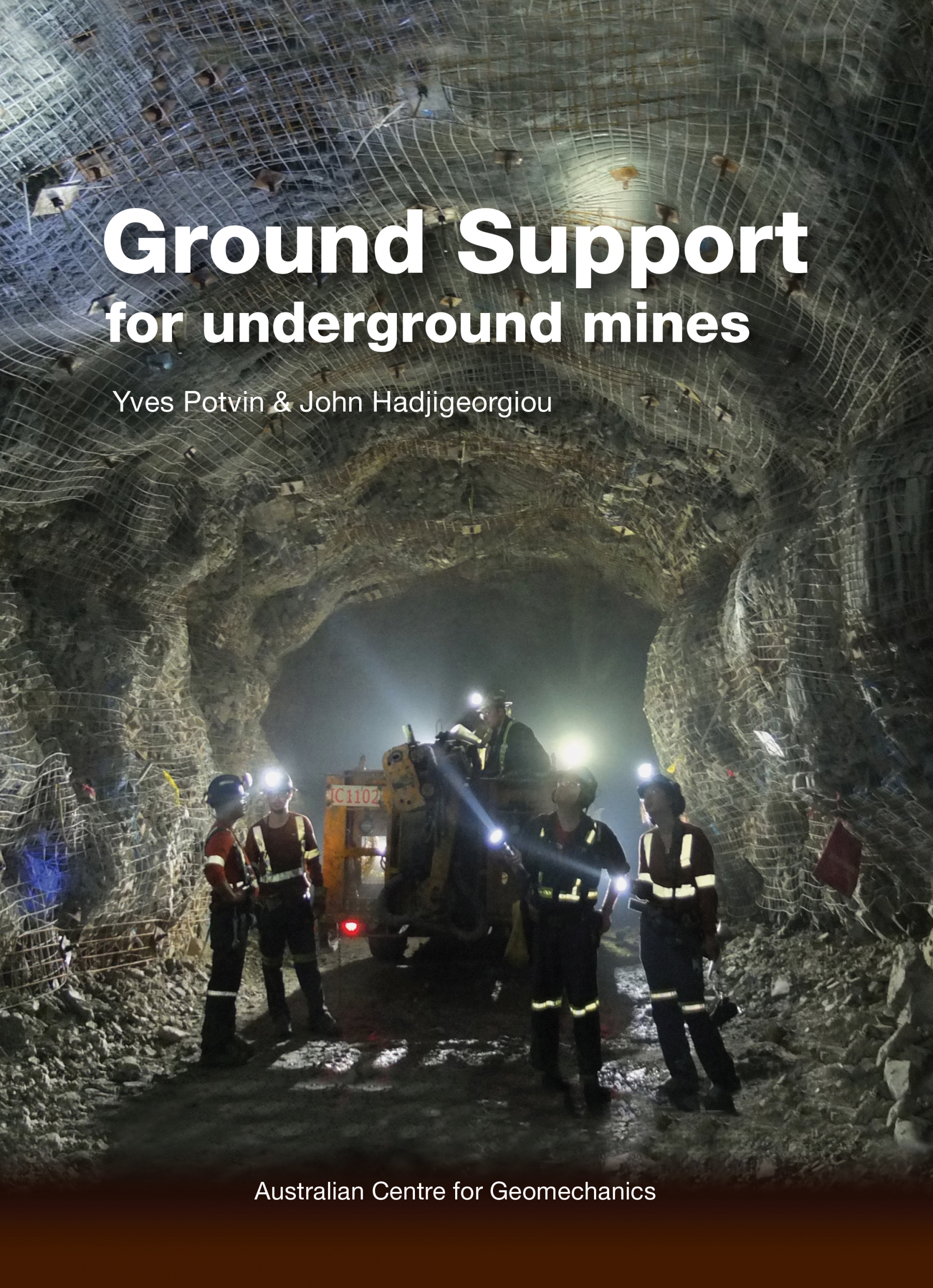Ground support remains one of the largest costs of development mining. At the same time, it is the main means of reducing rockfall/rockburst risk in underground mines. The challenge to the mining industry lies in keeping these risks as low as practicable, despite the increasing hazard associated with deepening of mineral resources. Controlling the costs and cycle time of installing efficient ground support systems remains at the forefront of most mining operations’ priorities. The project entered into its third phase in May 2022.
The first phase focused on probabilistic ground support design; the use of numerical modelling for ground support design; and benchmarking of current ground support design practices. The main deliverable of the first phase was the Ground Support in underground mines book (acg.uwa.edu.au/product/ground-support-for-underground-mines). Throughout the second phase, new tools and guidelines for ground support in extreme conditions (rockbursting and squeezing ground) were developed, and the use of probabilistic approaches in mining geomechanics was advanced. The third phase will focus on four areas to achieve step changes in ground support practices, namely in situ dynamic testing of ground support using blasting; development of empirical dynamic ground support design guidelines; application of probabilistic ground support design tools; and optimisation of fibre-reinforced shotcrete based systems in underground mines.
The Phase 2 final research report is available here.

To purchase this book, please visit the ACG online shop
To read the media release, click here
